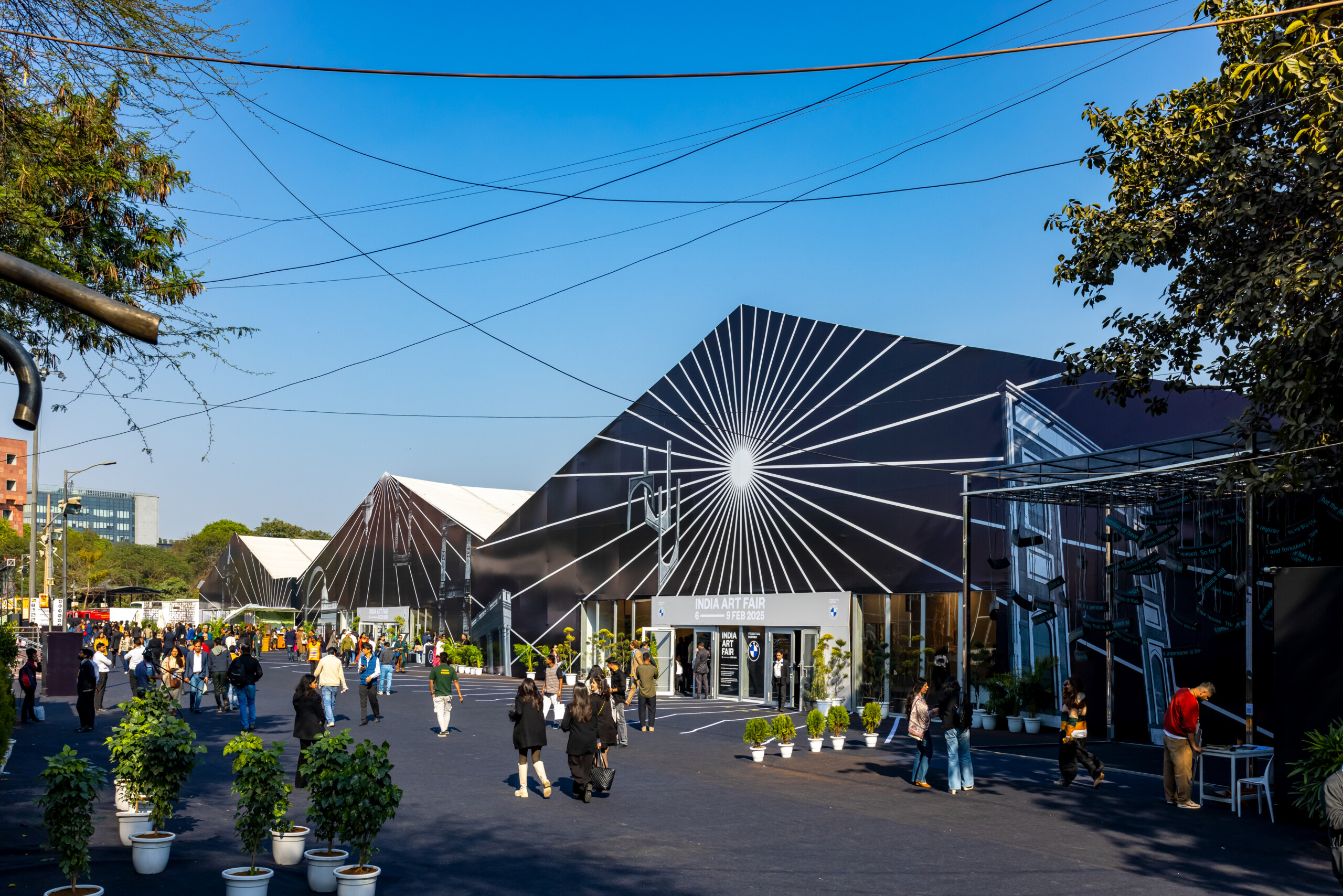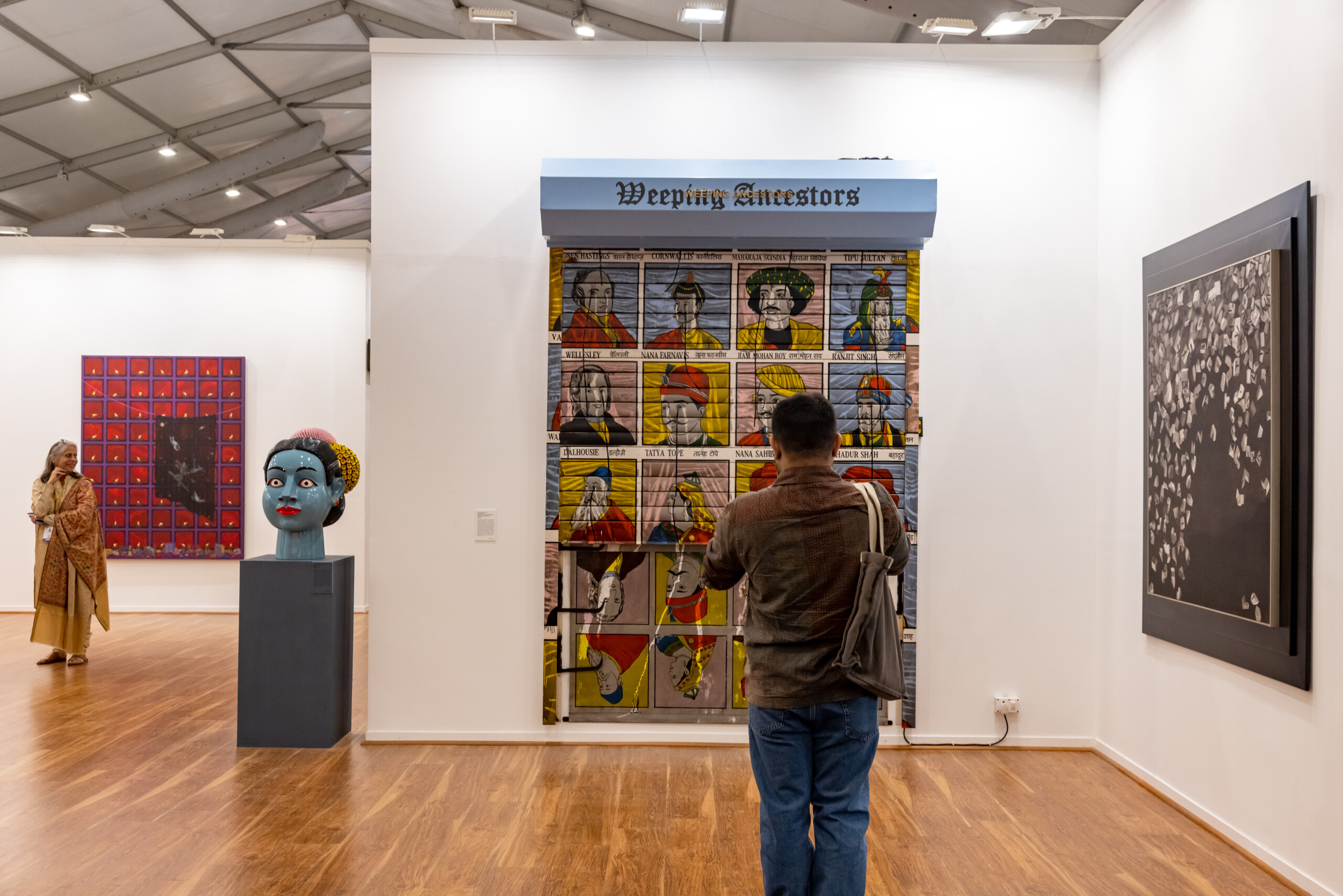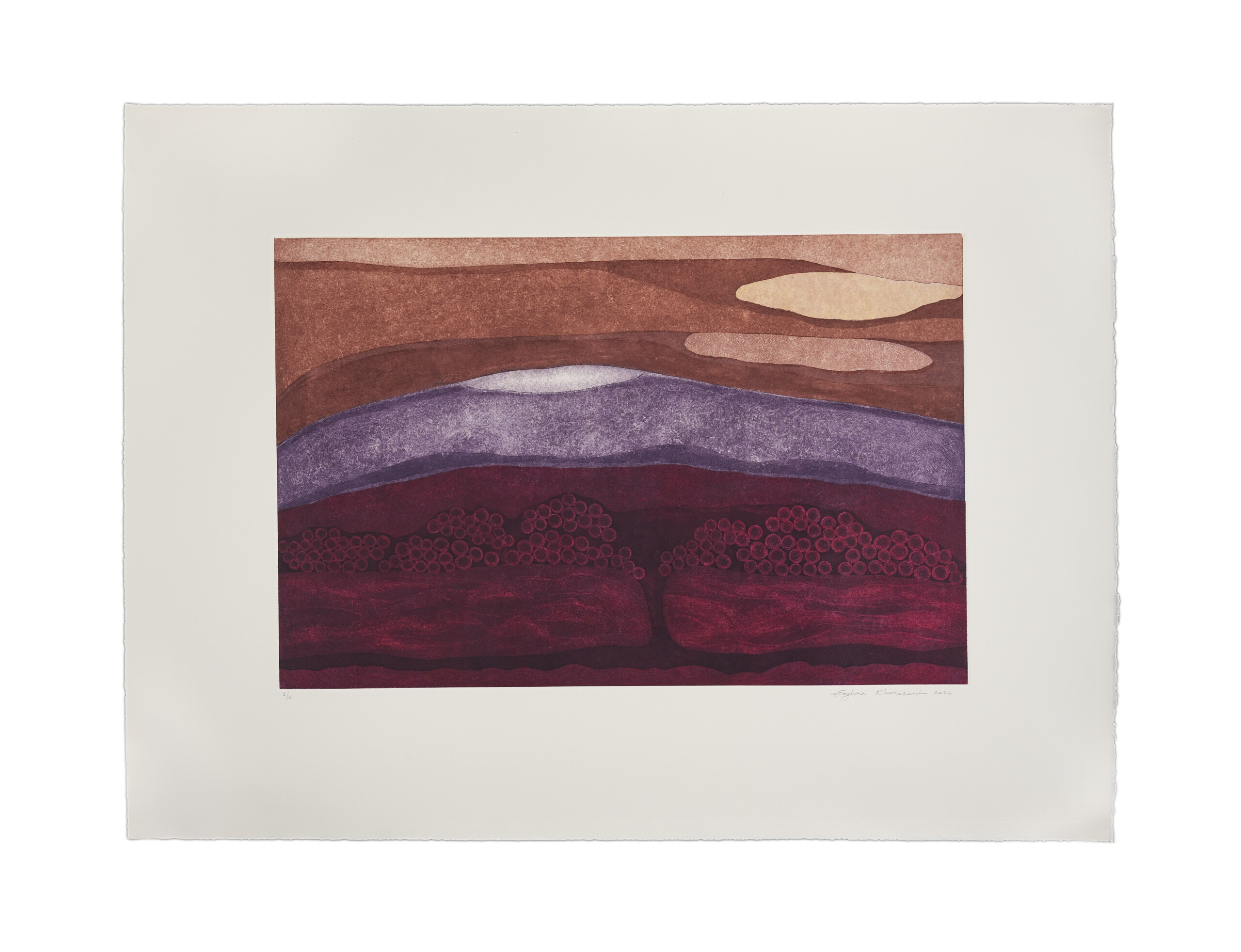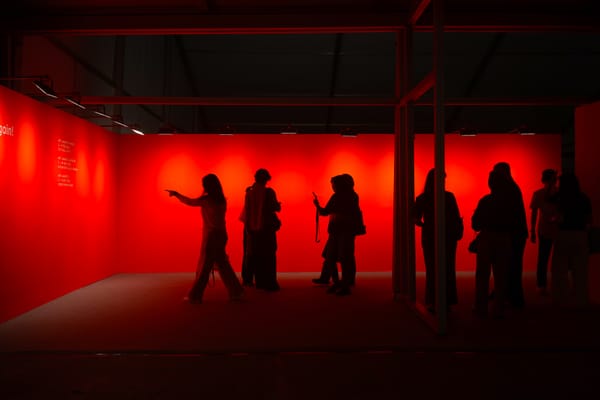Market
India Art Fair 2025: Grounded Ambition

The 16th edition of the India Art Fair (IAF) inaugurated its VIP preview under clear skies, amid a week of major cultural and political events. The opening coincided with the launch of the Sharjah Biennale and Delhi’s pivotal electoral shift, which saw prime minister Narendra Modi’s right wing Bharatiya Janata Party (BJP) secure control of the nation’s capital for the first time in 27 years. As the city’s charged atmosphere gradually settled, a record 120 galleries and institutions gathered at the NSIC Exhibition Grounds in Okhla including the post-pandemic return of international blue-chips David Zwirner and Lisson Gallery to the Indian capital.
The local art market in India has been booming since the onset of Covid-19. With its distinctly homegrown character, this growth is driven by the country’s favorable economic outlook, and is set to further expand by 6.3 percent to 6.8 percent in the coming year.
Mumbai has recently seen consistent gallery sales, the arrival and success of Art Mumbai, as well as established galleries such as Experimenter and Nature Morte opening their extensions in the Indian megacity. These developments signal an attempt to explore new markets and reach fresh collector bases and audiences. To make this scene possible, the IAF has persevered over the years. Under fair director Jaya Asokan’s leadership, the directive has focused on several key initiatives: investing time and resources in collaborations, developing credible commissioning, residency and talks programs, and encouraging Western museums to engage with South Asia. This year saw the attendance of the Los Angeles County Museum of Art (LACMA), the Asian Art Museum of San Francisco, and the Barcelona Museum of Contemporary Art (MACBA), among others. The team has also worked on building their presence in tier-two and three cities across India and supporting younger or independent spaces, bringing much-needed quality, ambition and representation to the fair. At the same time, a new breed of collectors and art patrons have emerged to support artists in the early stages of their careers.

Installation view of Vadehra Art Gallery’s booth at the India Art Fair, 2025. Courtesy India Art Fair.
Several galleries reported strong sales on the fair’s opening day. New Delhi-based Vadehra Art Gallery showcased works by prominent Indian artists such as Atul Dodiya, Shilpa Gupta, and Vivan Sundaram, with prices ranging from USD 2,500 to USD 300,000. Meanwhile, Mumbai-based Chatterjee and Lal placed a large-scale four-paneled work by Indian artist Nikhil Chopra for an undisclosed amount, and Chemould Prescott Road presented works by Mithu Sen, Jitish Kallat, and Anju Dodiya.
Works by younger Indian artists such as Rajyashri Goody and Sahil Naik—both rising stars on the global art stage with recent participations in the Sharjah and Lyon biennales, were quickly sold by Gallery Ske and Mumbai and Experimenter respectively. Both galleries showcased ambitious new projects: while Experimenter unveiled several new commissions and launched a portfolio box featuring Indian artists— including Afrah Shafiq, Bhasha Chakrabarty and Vinoja Tharmalingam—Gallery Ske introduced workx of Monir Shahroudy Farmanfarmaian to audiences for the first time. Other galleries opted for themed presentations: Jhaveri Contemporary presented a meditation on landscape through the works of Muhanned Cader, Pranay Dutta, as well as a rare piece by Mrinalini Mukherjee, while TARQ featured female artists Soghra Khurasani and Saubiya Chashmawala, whose works explore ecology through a political and personal lens.

SOGHRA KHURASANI, Fertile 4, etching print on Hahnemuhle 300 gsm paper, 80 × 107 cm. Courtesy the artist and TARQ, Mumbai.
This edition also introduced a new design segment featuring 11 designers, including Rooshad Shroff, Asheish Shah, Vikram Goyal, and the duo Tania and Sandeep Khosla. Studio Nyn brought a fresh collaboration with artists Thamshangpha Maku and Anikesa Ding, blending traditional crafts, vibrant color palettes, and contemporary design.
The fair’s outdoor exhibition was its strongest in years, highlighted by Bhushan Bhombale’s Fragments of an Astronomer’s Mind (2025), which references the Jantar Mantar, the 1724 astronomical observatory built by Maharaja Jai Singh II that has become a significant site for public protest. Using discarded rubber tires and tubes, Bhombale affirms the importance of imagining the future in times of strife.
In a similar spirit, the IAF continues to evolve beyond conventional fair models by keeping its ears to the ground and ambition to the stars.
Mario D’Souza is a curator and writer based between New Delhi, Goa, and Kochi, India.







